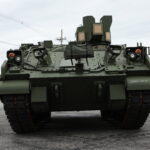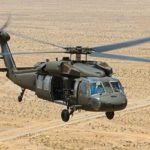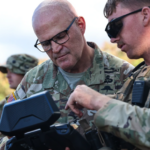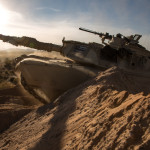
With the Army readying a “big bet on its future readiness” as it moves ahead developing next-generation platforms, the Army’s top requirements official said Wednesday he has expressed concerns on finding the necessary efficiencies to fully fund modernization efforts facing potential declining budgets. Lt. Gen. James Pasquarette, the Army G-8, told attendees at an Association of the United States Army event the Army is on track to begin fielding major weapons systems over the next five years, but leadership must…

 By
By 











